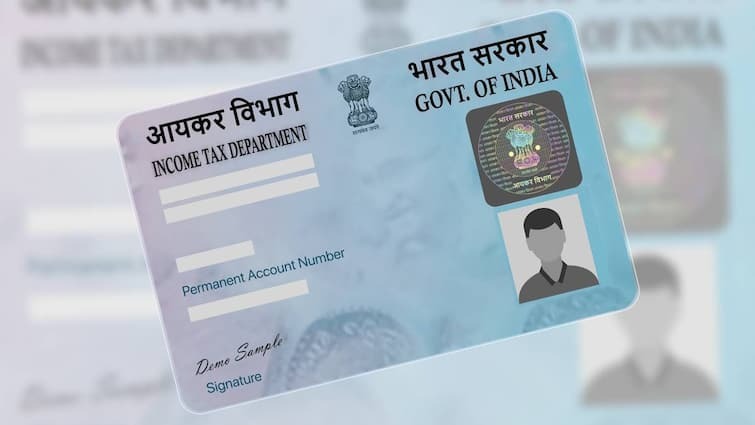

PAN 2.0 Feature: The Government of India has introduced an upgraded version of the Permanent Account Number (PAN), called PAN 2.0. This initiative was announced by Union Minister Ashwini Vaishnaw and approved by the Cabinet Committee on Economic Affairs.
The aim of PAN 2.0 is to transform PAN into a universal business identity card for all government agencies. But how does the new PAN differ from the existing one? Let’s explore the key features and benefits of this new system.
What is PAN 2.0 and Its Features?
The Permanent Account Number (PAN) was first introduced in 1972 and has been used as a taxpayer identification tool ever since. PAN 2.0 represents a technical upgrade to the existing system, aligning with the Digital India initiative.
The government plans to invest ₹1,435 crores in implementing this new system. Here are some of its standout features:
Key Features of PAN 2.0
- Enhanced Digital Functionality:
PAN 2.0 will be fully digital, allowing for seamless integration with online platforms. - QR Code for Easy Scanning:
A QR code will be embedded in the new PAN card, enabling instant scanning for authentication and smoother online transactions. - Paperless Operations:
The new system aims to eliminate paperwork entirely, making it environmentally friendly and reducing administrative costs. - Strengthened Security:
Advanced security features will protect against growing cyber threats, ensuring data integrity and confidentiality. - Universal Business Identity:
PAN 2.0 will act as a universal business identity for select sectors, simplifying compliance and verification processes. - Improved User Experience:
The upgraded system will provide a faster, more efficient experience for taxpayers, ensuring they can access services easily and effectively.
How Will PAN 2.0 Benefit Taxpayers?
- Faster Processes: The digitized platform will speed up tasks like linking documents, filing tax returns, and resolving grievances.
- Cost Savings: Paperless operations will reduce the government’s expenditure while providing convenience to users.
- Streamlined Identification: Acting as a unified identity document, PAN 2.0 will simplify business operations for corporate entities.
What Did the Union Minister Say?
While unveiling the project, Minister Ashwini Vaishnaw said:
“The existing system will be upgraded with a new, digital-based approach… We aim to make it a universal business identity card. It will have an integrated portal, be completely paperless, and focus on grievance resolution.”
The new system will also include an integrated portal for better service delivery and a robust complaint redressal mechanism.
Key Information from the Cabinet Briefing
- Cost-Free Upgrade: Current PAN cardholders will not have to pay any additional fees to upgrade to PAN 2.0.
- Widespread Adoption: With over 78 crore PAN users in India, this upgrade is expected to significantly impact taxpayer convenience and compliance.
- Tax Benefits: PAN remains a critical tool for tracking tax payments, filing income tax returns, and preventing tax evasion.
How Does PAN 2.0 Differ from the Existing PAN?
| Feature | Existing PAN | PAN 2.0 |
|---|---|---|
| Launch Year | 1972 | 2023 |
| Digitization | Limited | Fully Digital |
| QR Code | Absent | Embedded for instant scanning |
| Paperwork | Required | Completely Paperless |
| Security Features | Basic | Enhanced |
| Integration with Services | Minimal | Universal Business Identity |
Final Takeaway
The launch of PAN 2.0 marks a significant step toward modernizing India’s financial ecosystem. The enhanced features, including digital accessibility, QR code functionality, and robust security measures, promise to make financial processes more efficient and secure for taxpayers.
Existing PAN cardholders can upgrade to PAN 2.0 at no extra cost, ensuring that this transition is both seamless and beneficial for users. Whether you’re an individual or a business entity, PAN 2.0

 Share
Share



